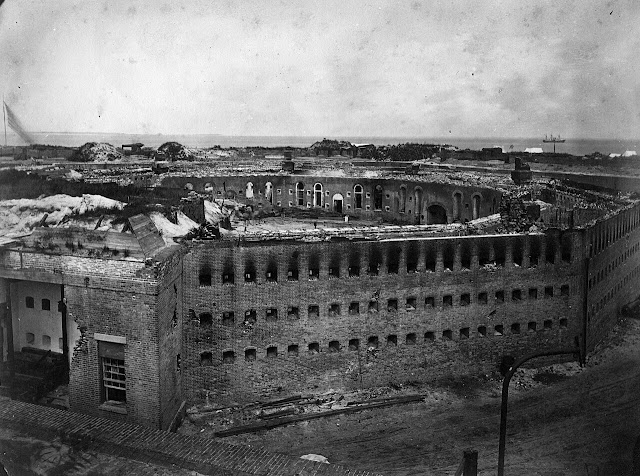Last Minute Reprieve at Murfreesboro

A t the end of chapter 3 of Hell by the Acre , I tell the story of the military executions that took place at Murfreesboro on December 26, 1862. Three soldiers and one civilian were slated for execution that day, most famously, that of Private Asa Lewis of the 6 th Kentucky whose execution became a cause celebre within the Orphan Brigade. The story of the second soldier, Edward P. Norman of the 28 th Alabama, was also described in the book “while the final deserter from the 24 th Tennessee received a reprieve from Bragg just as he was about to be executed.” It was not until recently that I learned the story of how this Tennessean was saved at the last possible moment by the intrepid efforts of a Confederate enrolling officer. A total of three executions took place in Murfreesboro on December 26, 1862. The first was a civilian spy named Gray who was hung near the railroad depot. The military executions took place in an open field south of town where just a few weeks before Presiden...





